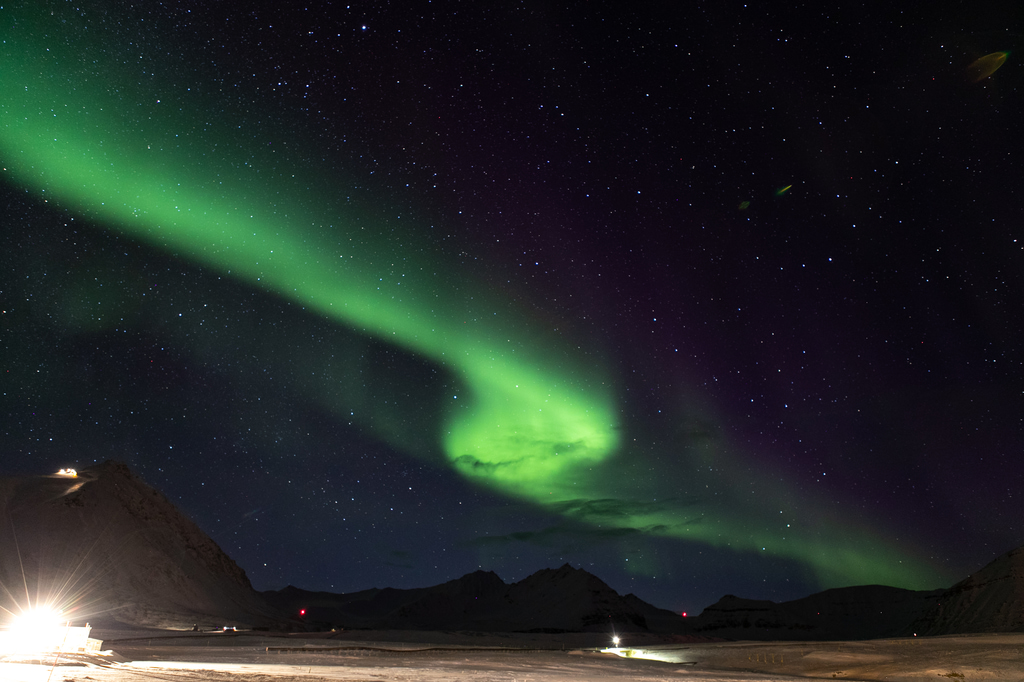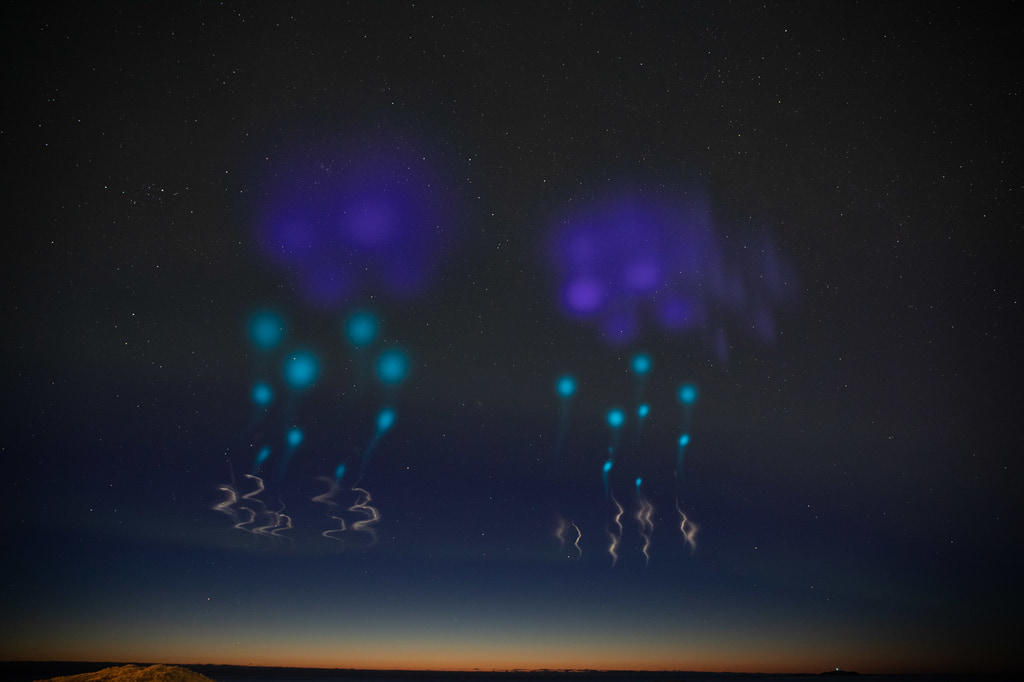VISIONS-2 Imagery
A collection of photos captured during NASA's VISIONS-2 sounding rocket campaign in Ny-Ålesund, Svalbard, a remote archipelago off the northern coast of Norway. The mission successfully launched on Dec. 7, 2018.

Moonlit landscape in Ny-Ålesund, Svalbard.
Credit: NASA/Chris Pirner

Long-exposure photograph of the night sky over Ny-Ålesund, Svalbard.
Credit: NASA/Chris Pirner

Landscape in Ny-Ålesund, Svalbard.
Credit: NASA/Chris Pirner

Landscape in Ny-Ålesund, Svalbard.
Credit: NASA/Chris Pirner

The EISCAT Svalbard radar is located in Longyearbyen, Svalbard and is used to study the polar cusp. During the VISIONS-2 mission, the EISCAT radar was used to detect the location of the cusp aurora.
Credit: NASA/Joy Ng

Landscape in Ny-Ålesund, Svalbard.
Credit: NASA/Joy Ng

One of two rockets for the VISIONS-2 mission.
Credit: Allison Stancil-Ervin

The Zeppelin Observatory in Ny-Ålesund, Svalbard measures contaminants in the atmosphere.
Credit: NASA/Joy Ng

Moonlit landscape in Ny-Ålesund, Svalbard.
Credit: NASA/Chris Pirner

The Milky Way in Ny-Ålesund, Svalbard.
Credit: NASA/Chris Pirner

The Milky Way in Ny-Ålesund, Svalbard.
Credit: NASA/Chris Pirner

One of two rockets for the VISIONS-2 mission.
Credit: Allison Stancil-Ervin

The VISIONS-2 team on Dec. 3, 2018.
Credit: Allison Stancil-Ervin
Credits
Please give credit for this item to:
NASA's Goddard Space Flight Center
-
Photographers
- Chris Pirner (ADNET Systems, Inc.)
- Joy Ng (USRA)
- Allison Stancil-Ervin (LJT & Associates)
Release date
This page was originally published on Wednesday, May 8, 2019.
This page was last updated on Wednesday, May 3, 2023 at 1:45 PM EDT.


![Watch this video on the NASA Goddard YouTube channel.Complete transcript available.Music credits: “Journey to the Past”, “New Philosopher”, “Curiosity Cabinet”, “Buzzing Culture”, “Dusk Theories”, “At the Edge of the End” by Laurent Dury [SACEM]; “Strong Voices” by Tom Caffey [ASCAP]; “The Fortune Teller” by Phil Stevens [PRS]; “Shinobi’s Fight” by Benoit Malis [SACEM]; “Spring into Life” by Oliver Worth [PRS]](/vis/a010000/a013400/a013430/VISIONS2_Thumbnail.jpg)